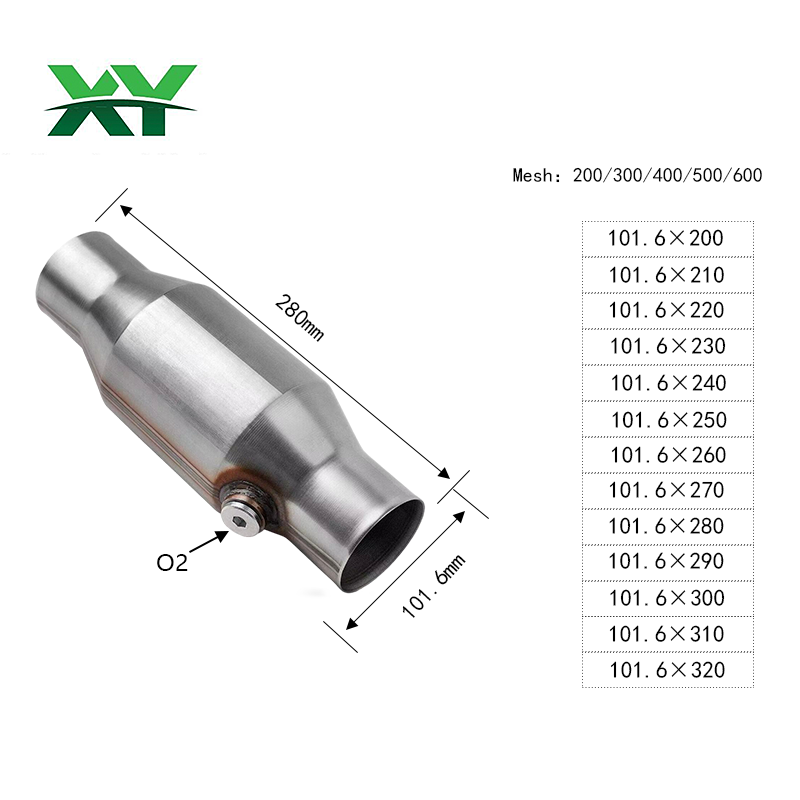Gaslyst Catalytic converter
The three main functions of a catalytic converter are: 1. Converting carbon monoxide (CO) to carbon dioxide (CO₂). Carbon monoxide is a toxic gas, and the catalyst oxidizes it into harmless carbon dioxide. 2. Converting hydrocarbons (HC) to carbon dioxide and water (H₂O). Incompletely burned fuel (HC) is further oxidized by the catalyst, reducing ozone pollution and smog. 3. Reducing nitrogen oxides (NOₓ) to nitrogen (N₂) and oxygen (O₂). The catalytic converter breaks down nitrogen oxides into harmless nitrogen and oxygen through a reduction reaction.
catalytic converter

Core Components: • Precious metal catalyst (such as platinum (Pt), palladium (Pd), rhodium (Rh)) • Ceramic or metal carrier (honeycomb structure to increase contact area) • Housing (high-temperature-resistant metal shell) Summary: The essential function of a catalytic converter: It converts toxic and harmful gases (CO, HC, NOₓ) in vehicle exhaust into harmless gases (CO₂, H₂O, N₂) through a chemical reaction. Applications: Specific uses are as follows: 1. Automotive Exhaust Treatment • The primary application is installing catalytic converters in gasoline, diesel, and hybrid vehicles to treat harmful emissions from the engine. • Converts: • Carbon monoxide (CO) → to carbon dioxide (CO₂) • Hydrocarbons (HC) → to water (H₂O) and carbon dioxide • Nitrogen oxides (NOₓ) → to nitrogen (N₂) 2. Complying with Environmental Regulations • Used in vehicles that meet Euro V, Euro VI, and China VI emission standards. • A key component for passing annual vehicle inspections and obtaining environmental certification. 3. Industrial Exhaust Treatment • Catalytic converters are also used in some factories, combustion boilers, and diesel generator sets to purify industrial exhaust gases. 4. Laboratory Gas Purification • Small catalytic converters are also used in some laboratory equipment (such as gas chromatograph exhaust systems) to purify exhaust gases. 5. Preventing Catalyst Poisoning or Fire Risks • Some catalytic converters also have protective functions, such as protecting the engine or other exhaust system components by controlling temperature or preventing the accumulation of toxic substances.
| ![]() NEW ARRIVAL
107 Read
|
0 Reply
|
2025-11-01
NEW ARRIVAL
107 Read
|
0 Reply
|
2025-11-01
